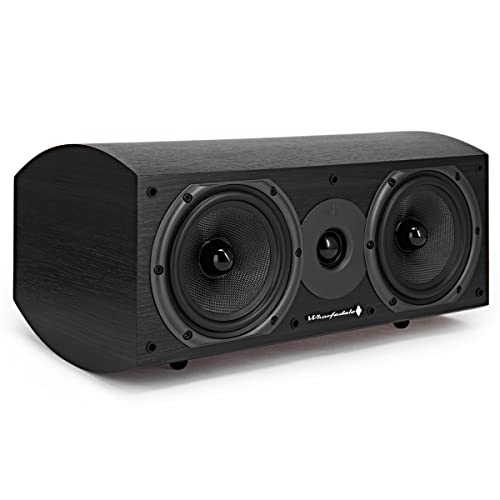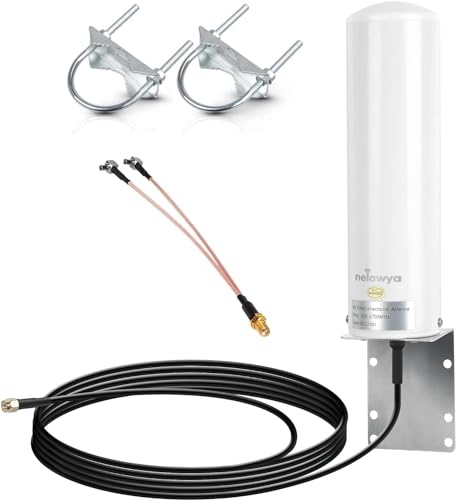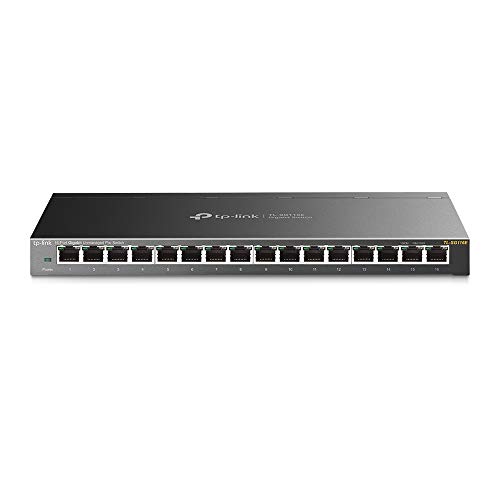Understanding the Importance of a Centre Speaker: Elevate Your Audio Experience
What is a Centre Speaker?
A centre speaker is often the unsung hero in a home audio setup, serving as the hub for dialogue and narrative clarity in movies and TV shows. Imagine watching your favourite film, and while the action is excellent, you struggle to catch the dialogue. This is where a centre speaker comes into play, ensuring that the spoken word is clear and crisp, complementing the visuals on screen.
Enhancing Your Viewing Experience
When we invest in our home entertainment systems, audio quality should be a priority. A centre speaker can drastically improve your experience by anchoring sound to the on-screen action. Instead of voices coming from all over the room, they seem to come from the character’s lips, creating a more immersive experience. It’s like being part of the narrative rather than just an audience member.
Key Features to Look For in a Centre Speaker: Making Informed Choices
Audio Quality
When choosing a centre speaker, audio quality is paramount. Look for models that offer clear midrange reproduction, as this is where most dialogue falls. We recommend checking user reviews or demonstrating speakers in-store to gauge clarity.
Size and Design
The size of the centre speaker should complement your TV or projector. If you have a large screen, opt for a larger centre speaker for balanced sound. It should fit comfortably on your TV stand or wall-mounted, blending seamlessly into your decor.
Power Handling
Consider the power handling capability of the speaker. This refers to how much power it can handle without distortion. A centre speaker with adequate power will handle loud scenes without losing clarity. Look for models that can handle at least 50-150 watts for optimal performance.
Impedance and Compatibility
Impedance affects how much power a speaker needs from an amplifier. Common impedance values are 4, 6, or 8 ohms – ensure your centre speaker matches the specifications of your receiver to achieve the best results.
Top Recommendations for Centre Speakers: Our Picks for Every Budget
Budget-Friendly Option
For those on a budget, consider a model like the Elac Debut 2.0 C5.2. It offers exceptional sound clarity that won’t break the bank. Its compact design makes it ideal for smaller spaces while still delivering a robust audio experience.
Mid-Range Selection
If you have a bit more to spend, we recommend the KEF Q250C. Known for its distinctive Uni-Q driver technology, it produces a lifelike soundstage, making voices seem more natural and positions accurately across the screen.
Premium Choice
For enthusiasts willing to invest, the Bowers & Wilkins HTM72 S2 is a standout option. Crafted with high-quality components, it provides incredible audio fidelity that brings movies and music to life. This speaker not only performs exceptionally well but also enhances the aesthetics of your setup.
Setting Up Your Centre Speaker: Tips for Optimal Performance
Positioning the Speaker
The placement of your centre speaker is crucial. Ideally, it should be located directly above or below your TV, as close to ear level as possible when seated. Placing it at an improper angle or distance can distort sound and dialogue.
Calibration for Best Sound
Once positioned, take the time to calibrate your speaker with your AV receiver. Most modern systems come with calibration tools that can help you optimise sound according to your room’s acoustics, ensuring that you get the best possible performance.
Avoiding Obstructions
Make sure your centre speaker is not blocked by furniture or other items. Sound quality can significantly decrease if the speaker’s output is obstructed. Keep it clear so that dialogue and sound effects can project freely.
Maintaining Your Centre Speaker: Ensuring Long-Lasting Quality
Regular Dusting and Cleaning
To keep your centre speaker looking and performing its best, regular maintenance is necessary. Lightly dust the speaker with a soft, dry cloth. Avoid using any harsh chemicals, as they can damage the finish.
Inspecting Connections
Occasionally check the connections to ensure they are secure. Loose or corroded connections can impact sound quality. If you notice any frayed cables, replace them promptly to prevent further issues.
Listening for Sound Quality Changes
Be mindful of any changes in sound quality. If voices become muffled or distorted, it may indicate a need for professional servicing or part replacements. Regular attention to performance helps ensure longevity and enjoyment.
























